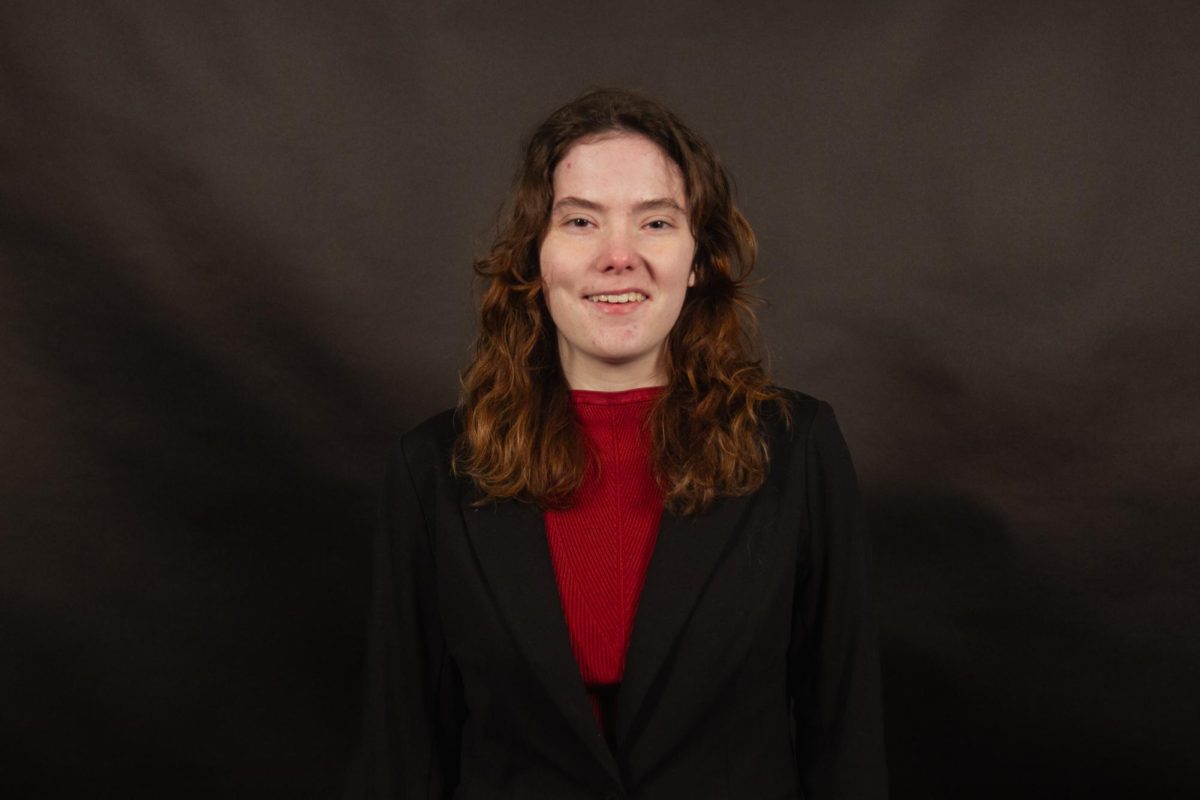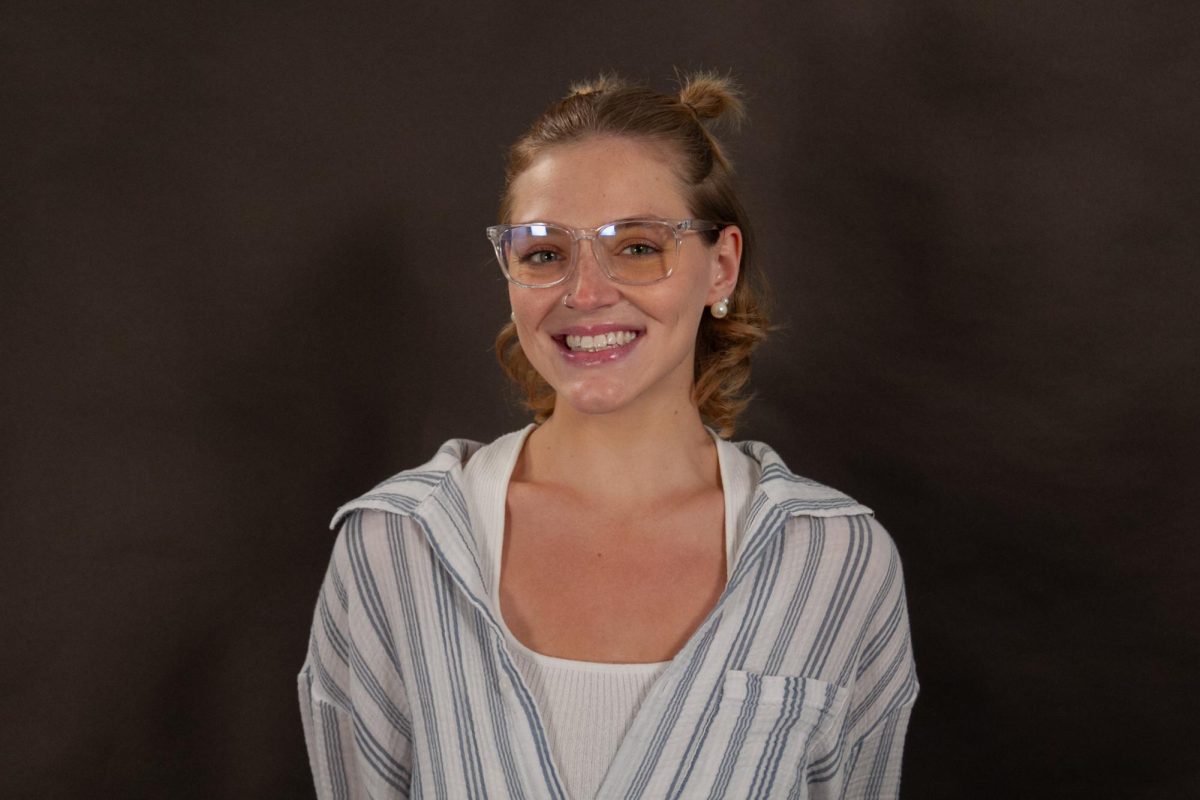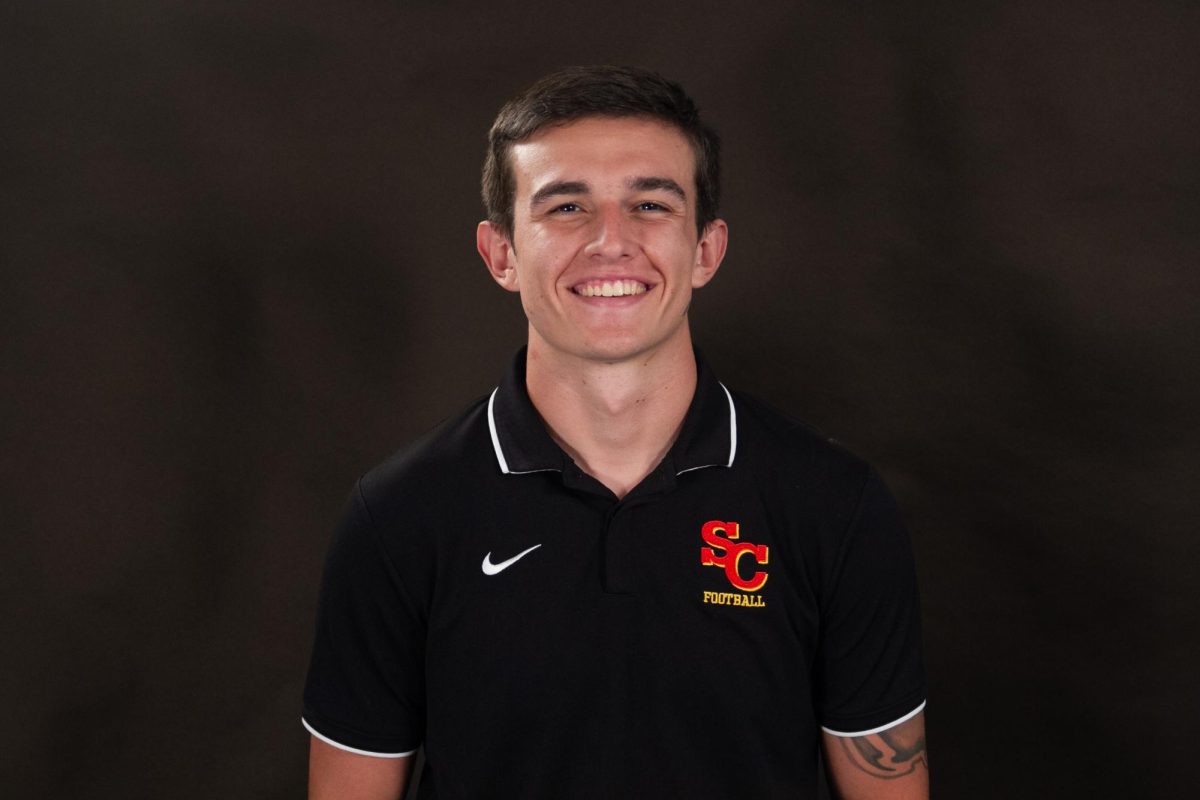Edit: this story has been updated to correct a fact, none of the opinion was changed.
Simpson must address inaccessibility on campus. They consistently claim to be a place where every student can access an education and feel included, but this is not the case for disabled students like myself.
From accessible buttons that do not work, to buildings without ramps, this campus has countless structural problems that make it hard for students with disabilities to thrive.
By neglecting this issue, they are actively marginalizing current students with disabilities and discouraging prospective students from applying.
These obstacles prevent students from even getting to class. Classrooms like the one in Mary Berry have steps to enter them, and the sidewalks and the existing ramps usually have leaves or cracks in them, or the door at the top has a ridge. The ramp outside Wallace Hall sharply declines into a brick wall, meaning students risk a broken nose or leg by using it.
Gracie Crow, a student with permanent mobility issues who occasionally relies on a wheelchair, said, “These ‘wheelchair accessible’ entrances are difficult to actually use a wheelchair in.”
As a student with multiple chronic health conditions that often affect my ability to stand and walk, I have often crossed my fingers that I did not get injured because my crutch got stuck in a crack on the sidewalk or I fell while hopping to open the door without a working accessible button.
Students also face problems during class.
The close arrangement of chairs and tables makes it difficult for students to navigate classrooms and offices. Many lights do not have dimmer switches, so students can not adjust the brightness to avoid overstimulation. Some professors do not post the notes from class online to ensure students take them during class. This attempt at personal accountability harms students with auditory processing disorders or even those who write slower and may not have the ability to get accommodations.
Although the Student Accessibility Services (SAS) office works relentlessly to advocate for students with accommodations, many still struggle to use them.
Alivia Eaton, a sophomore biology and education major who receives extra time on tests, often can not take advantage of this. She only finds out when her tests for her labs are a week in advance. Her classes are back-to-back, so she has no time during the testing center’s hours to schedule her exams.
“I have had five tests and quizzes this semester and have been able to use my accommodations for none of them,” Eaton said.
Students like Eaton are suffering because they are not receiving the help they are legally required. This inaccessibility continues outside academic settings.
The conditions in residence life harm disabled students. Many dorms do not have elevators, meaning disabled students can not even enter some residence buildings. The environment alienates them from friends who live in these buildings or residence life events not on the ground floor.
Since Simpson has a large athlete population, students regularly get injured. Injured students in a building without an elevator might have to move rooms to continue living on campus.
While in the residence hall, students risk coming in contact with Simpson’s infamous mold. This disproportionately impacts students with preexisting health conditions like asthma or COPD. Students may not be able to have their emotional support animal even if they complete all the necessary steps to keep it.
Due to multiple doors to enter the bathroom and tight stalls, it is difficult for students in wheelchairs to use the bathroom. We do not have a sensory room or dorms with thicker walls for students to avoid overstimulation.
These barriers are clearly harming students and creating a less accepting environment. Eliminating them would improve the experience of current students, draw in disabled students and back up Simpson’s claims that it welcomes everyone. It would benefit the college logistically as well because they would not have to move students from residence halls or risk lawsuits for not being ADA-compliant.
While I recognize these changes will not happen overnight, the administration can start by making small changes. They can perform maintenance work on buttons and ramps to make them available to those who need them and remove the mold from the residence halls. They could better advertise the steps to qualify for an ESA and applying for accommodations. Filling in cracks and leveling uneven spots in the sidewalks would be a beneficial step.
Additionally, professors can incorporate disability into DEI discussions and educate students on how to discuss it respectfully. They also should hire another person to proctor exams at broader hours, so everyone can use their testing accommodations.
Luckily, Crow said she is coordinating with Matt Hansen, Karen Lynch and Chris Frerichs to make the campus more physically accessible. This is an essential first step, but the college still has a long way to go. They must continue to make significant renovations and not hesitate to ask donors to fund these projects until students with disabilities feel as integrated into campus as any non-disabled student.












